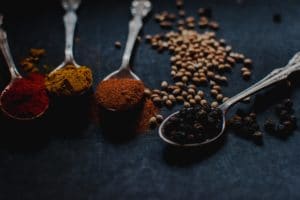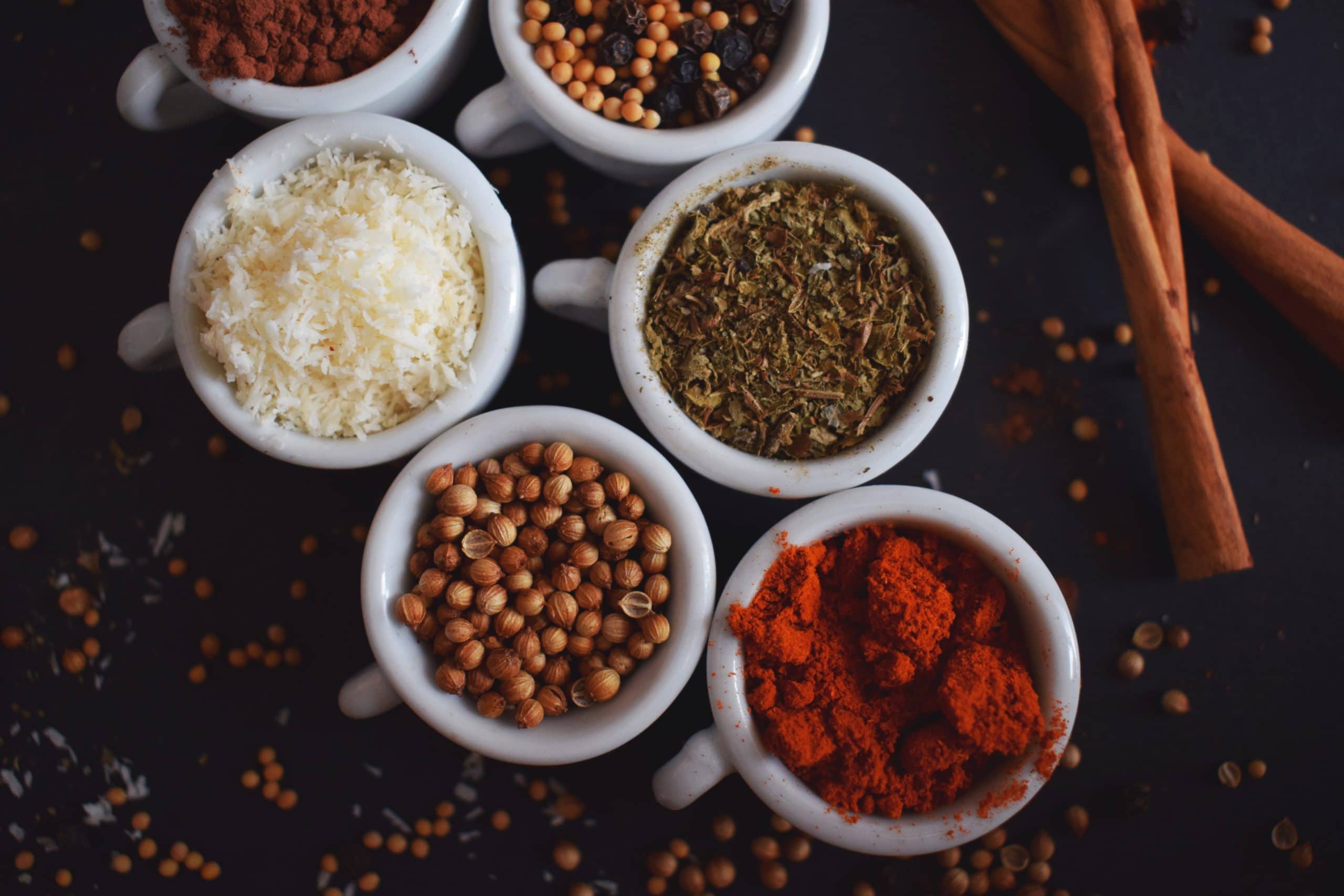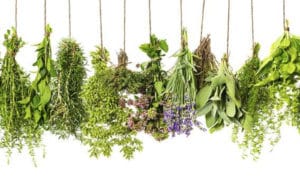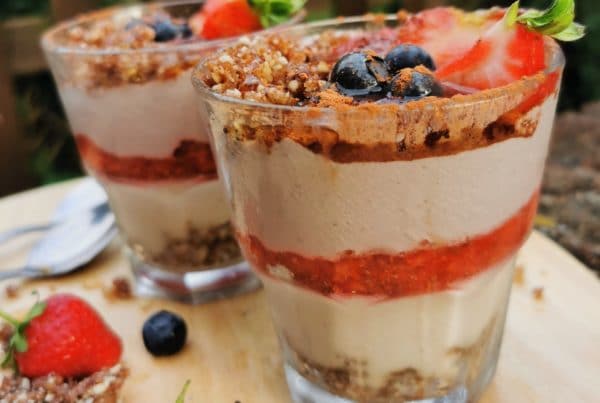Seasoning: When, Where and How
Do you like to sprinkle a little seasoning over your dishes? I do and I bet you do too. Seasonings are there to enhance and compliment the flavour in the food, which will make the eating experience even more pleasurable, making it an important element in cooking.
If you’ve been following my journey for a while, you will know that I’m all about the food taste with the natural flavour being my main focus. I like my food to taste how it is supposed to, so when it comes to seasoning I keep things at a minimum.
The two most fundamental and widely used spices are salt and pepper. Typically, what people think of when speaking of salt and pepper is white, granulated salt and pre-ground black pepper–but these are far from the only kinds of salt and pepper that exist.
Rock salt is a great salt variation, the larger crystals carry a punch. Sea salt is cherished by many as a more natural, culinary salt. There’s also Kosher, iodized, pickling and black salt, amongst many more.
My absolute favourite is Himalayan pink salt–yep, it comes directly from the Himalayas and is pink. If you’re considering going pink then you’re onto a good thing. It’s a far better alternative to processed salt and by using just the right amount in your foodis actually very good for your health. Yup – salt can be healthy. Pink Himalayan sea salt contains over 84 minerals and trace elements, including: calcium, magnesium, potassium, copper and iron. So, it definitely does more than enhance the favour of your food. You can also add it to hot baths to ease sore, tired muscles too!
Pepper Time
There is a vast assortment of peppers to explore ranging from your basic black pepper to chilli, jalapeño, habanero, cayenne to a white pepper, each with its own degree of spiciness and subtle flavour distinctions.
Spice Game
Let’s look a bit closer at other seasonings – we will explore blends shortly! Most individual seasonings are classed as herbs or spices. Herbs are usually the fresh or dried leaves of succulent plants that grow in particularly temperate climates. Spices tend to refer to any seasoning derived from the other parts of the plant besides the leaves, including the roots, stems, bark, seeds, fruit or buds.
Just to add a ‘sprinkle’ of confusion, chefs will use these two terms differently; spices can be used to describe all seasonings, including herbs.
Whereas herbs will have a somewhat milder flavour, spices are likely to be more pronounced. The most common cooking herbs will include: basil, oregano, marjoram, parsley, rosemary, thyme and dill. Common culinary spices include cinnamon, paprika (another pepper),turmeric, ginger, saffron and cumin. Ginger and garlic are both considered spices as well.
An interesting fact for you:
Did you know that some herbs and spices can come from different parts of the same plant?
Dill seed and dill weed. Two other herbs, cilantro and coriander, both come from the same plant, but at two different stages in its growth cycle.
Many herbs and spices come from different varieties of the same plant, such as the mind-boggling array of types of basil, including Thai basil, Lemon basil, Cinnamon basil and Royal basil. What’s more, basil is just one kind of mint, of which there’s an even greater variety. Interestingly, although many herbs and spices, like licorice, fennel and star anise, have a very similar flavour but are actually not linked to one another at all!

Try It You Might Like It
Experiment! Different seasonings and blends applied to similar dishes may take you on entirely different culinary journeys.
When creating raw dishes, I have a strong focus on seasonings as this really enhances the flavour of dishes.
My main ones include:
– lemon juice
– tamari
– cinnamon
– vanilla
– nutritonal yeast
Are you a seasoned pro or are there specific ones that you stick to. Explore my free recipes on my blog or download my eBook for inspiration for dishes that will use a variety of seasonings.
More Blogs / View All Blogs







